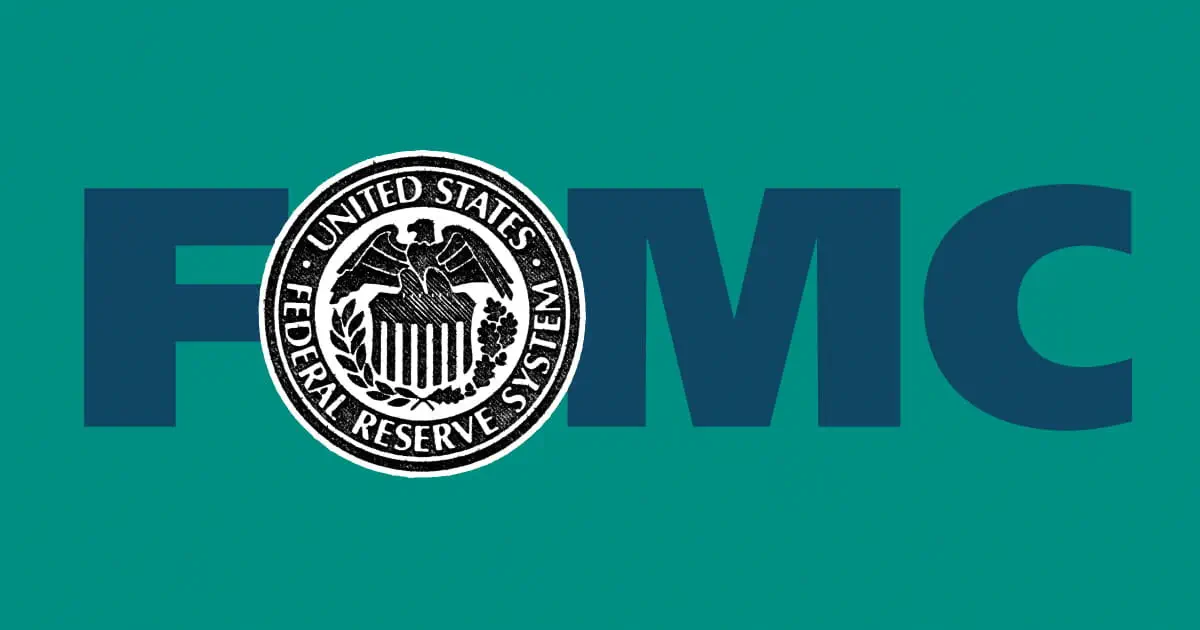
Following a two-day gathering of the Federal Open Market Committee (FOMC), the Fed left interest rates unchanged, made virtually no revisions to its policy statement, and in remarks to the press, Chair Jerome Powell declined to offer forward guidance. Instead, he reiterated the central bank’s data-dependent stance.
While broadly expected, the lack of any dovish signal disappointed markets hoping for a clearer path toward a September rate cut. Yields on the U.S. 10-year Treasury note rose a few basis points during the press conference.
What made the meeting notable was the rare dissent from two Fed governors. Christopher Waller and Michelle Bowman both favored a rate cut, the first time since 1993 that two governors have dissented simultaneously. Although their votes came during a period when the Trump administration has been pressuring the Fed to lower rates, the dissents also reflect mounting evidence that U.S. growth is cooling.
We believe Powell’s comments suggest that slower growth alone is not sufficient to justify a rate cut. The majority of the committee appears to be looking for clearer evidence that labor market risks have risen and that inflation expectations remain anchored. Recent data suggest these risks have risen, which could eventually support the case for rate cuts this fall.
Powell stays the course, but risks are rebalancing
Powell’s comments emphasized caution and data dependence, offering few clues about the path ahead. He even downplayed the relevance of the June Summary of Economic Projections, which showed the median Fed official projecting 50 basis points of rate cuts in 2025.
Despite the modest sell-off in rates following Powell’s remarks, markets remain priced for about 1.5 cuts of 25 basis points each by year-end. That still looks plausible given the direction of recent data, which are consistent with a balance of risks that is tilting back in favor of the Fed bringing interest rates back to a more neutral setting.
On the same morning as the FOMC meeting, the advance estimate for second-quarter GDP showed the U.S. economy grew at a 3.0% annualized rate, rebounding from a 0.5% contraction in the first quarter. However, the improvement was driven by a drop in imports, reflecting volatility in trade flows related to tariffs. Notably, real final sales to private domestic purchasers – a key measure of underlying demand – rose just 1.2%, down from 3% in 2024.
Meanwhile, after three months of elevated tariffs, data show businesses have been slow in passing on higher costs to consumers. So far, corporate profits appear to be absorbing much of the impact. Moderating consumer demand has also allowed service inflation to cool, providing some offset to overall inflation.
Taken together, we believe the balance of risks to the U.S. outlook suggests the Fed could ultimately resume cutting rates later this year. However, as Powell emphasized, the Fed will remain data dependent.

